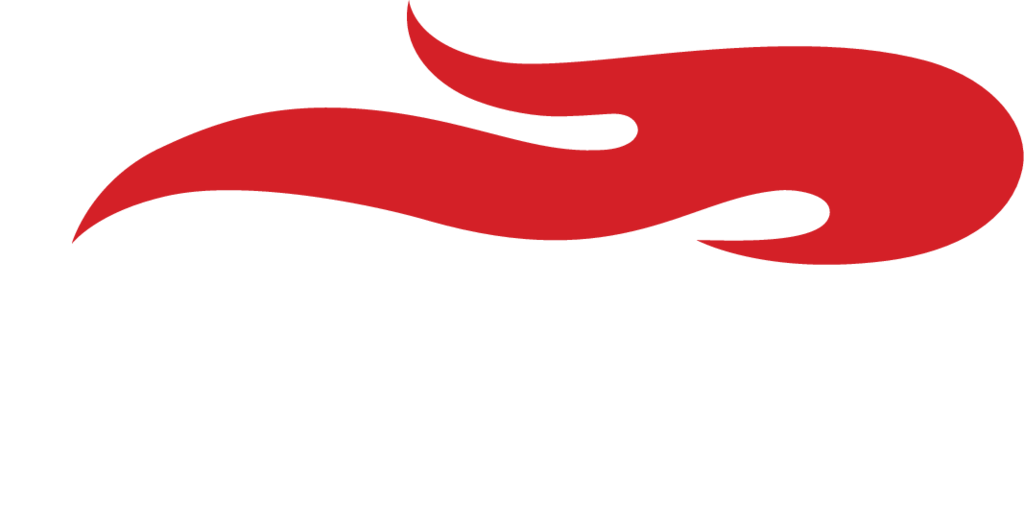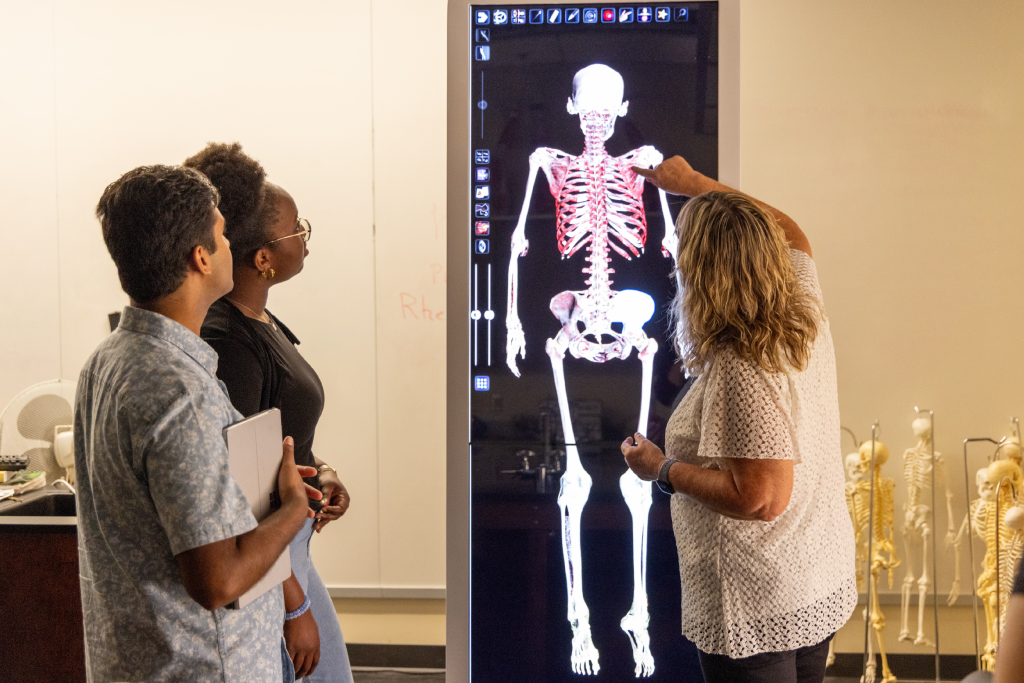If you get a bit overwhelmed when you hear the words “college financial aid,” you’re not alone! Between the FAFSA (what do those letters even stand for?), scholarships, and payment plans, it can all seem a bit tricky to figure out.
What’s the FAFSA and why do I need to complete it?
So what is the FAFSA? The FAFSA (a.k.a. The Free Application for Federal Student Aid) is the first step to applying for certain types of financial aid, including Federal Student Aid programs (such as Federal Pell Grants, Student Loans, and Federal Work-Study), and other need-based aid.
What’s happening with the FAFSA in 2024?
SEU has created this guide for navigating the challenges presented by the 2024 FAFSA delay. Due to several factors (including a significant revision to the form) on January 30, 2024, the U.S. Department of Education announced that universities would not be receiving FAFSA applicant information until at least March of 2024. This means that even students who have been able to submit their FAFSA will not have their data transmitted to their intended colleges until this release of information. But, this doesn’t mean that you can’t complete the FAFSA or that you can’t apply for other aid! Be sure to visit this page for details on steps you can take now.
What is changing in the FAFSA in 2024?
- Length: The new FAFSA will be considerably shorter. The simplified form is only about 30 questions (down from about 100).
- Tax Information: The form will rely almost exclusively on information from a family’s tax information from the prior-prior year. The answers to several questions may be populated automatically using your and your parents’ federal tax data, meaning you may not need to enter this information manually. See the breakdown of tax years here.
Pro Tip: It’s still a good idea to keep your tax forms on hand for backup documentation, and to more easily verify that the pre-populated data is correct. - You’ll See SAI instead of EFC: The term Expected Family Contribution (EFC) is being phased out. Going forward, you will see the term Student Aid Index (SAI) used as a factor in determining your financial need. (Note that the SAI is calculated differently than the EFC, though both have a similar goal.)
See additional FAQs about the 2024 FAFSA here.
What do I need to complete the FAFSA?
Here’s a checklist of everything you need to fill out the FAFSA, updated for 2024.
- Your FSA ID (Do this first!) You — and whichever parent(s) will be contributors on your FAFSA — must create a separate FSA ID by each creating an account on studentaid.gov. If an account already exists with your parent(s), they can check to make sure their login is working. You will need your own FSA ID.
- Your and your parent’s Social Security numbers — These are necessary for submitting the form. If you’re not a U.S. Citizen but fall into one of the categories that make you eligible for federal financial aid, you’ll also need your A-Number. (If your parent doesn’t have a Social Security Number, that’s okay, just provide their mailing address.)
- Driver’s license — If you have one, you’ll need to have it available.
- SEU’s FAFSA Code, 001521 — Inputting this code when you submit the FAFSA will ensure that SEU receives your information electronically. We will then use this information to help determine some of the types and amounts of financial aid you may be eligible for.
- Other Money Records — If applicable, have records of other money earned and the value of your and your parent(s) assets and investments. (Note: This does not include retirement funds.)
- Tax Information (for reference) — In previous years, you would have needed your and your parent’s federal income tax returns for the “prior-prior” year. But now, federal tax information (FTI) will automatically populate into your FAFSA once you and your parent(s) have provided consent. (Of course, keeping your own copies of tax forms available for reference is always a good idea.)
Keep in mind that you need to fill out a FAFSA each year that you’ll be attending college.
What’s the difference between scholarships and grants, and how can I apply for them?
When it comes to financial aid, scholarships and grants are a fan favorite because they don’t have to be repaid! So what’s the difference between the two? Scholarships are generally “merit-based,” meaning that you may be awarded a scholarship based on achievements, such as academics, athletics, participation in the arts, or other accomplishments. On the other hand, grants are “need-based,” which means that they’re awarded based on your financial need (this is typically determined by your FAFSA). Be sure to keep track of the deadlines for each scholarship as well. For instance, many SEU scholarships and grants have a Feb. 15 deadline.
When it comes to applying for SEU scholarships and grants, you’ll be automatically awarded some of them (e.g. academic scholarships). However, you can also reach out to your enrollment counselor for more details on scholarships you haven’t received that you believe you may be eligible for. You can also find outside scholarships and grants through websites like Fastweb or Scholarships.com. Even better, check with your school’s guidance counselor or website (or research other schools in the area if your school doesn’t offer these resources) to find additional scholarships. Many students have more success with these local scholarships since there’s much less competition than ones that have a pool of students from around the country.
What is an aid offer letter, and when will I receive it?
Your SEU financial aid offer letter is the personalized financial aid letter you’ll receive after you’re accepted to the university and after your FAFSA data is released by the U.S. Department of Education. Your letter will give you a cost breakdown that shows the scholarships, grants, and loans you’re eligible to receive toward college costs. Keep in mind, however, that some scholarships and grants may not show up on the award letter when you first receive it. For instance, you may choose to apply for a music scholarship or ministry grant after you receive your award letter.
Why do I need to be financially cleared?
Financial clearance is one of the most critical steps in Fire Ready, the official clearance process of SEU. When you arrive on campus each semester, you’ll be required to show that you’re Fire Ready in order to be able to start classes. You’re considered financially clear if your anticipated costs for the upcoming semester are fully covered with the use of approved financial aid (including scholarships, grants, and loans) and/or an approved payment plan.
What are no-interest payments plans?
One of the most convenient ways to reach financial clearance is by enrolling in a no-interest payment plan through SEU. This is a great option if you find that your financial aid doesn’t fully cover your expenses and you prefer to pay the sum monthly rather than all at once. With a small fee and no approval process, it’s an easy way to achieve financial clearance.
What are student loans and should I be worried about taking them out?
In a nutshell, student loans are money you borrow to help pay for college costs, including tuition, books, living expenses, etc. All student loans must be repaid, but each varies in interest rate (meaning that you’ll pay back the money you borrowed plus a fee for taking out the loan). The two main types of loans most students take out are subsidized and unsubsidized loans. Subsidized loans are loans that don’t charge interest until six months after you graduate, while unsubsidized loans start accruing interest as soon as you take them out.
In answer to the question if you should be worried about student loans, the notion that loans should be avoided at all costs is something of a misnomer. For most people, student loans are simply an investment in the future. With that being said, here are a few tips on approaching them wisely.
- Only take out a loan for as much as you need. Student loans may seem like “free money” at first, but it has to get paid back at some point, so be smart about it.
- Start paying it back as soon as you can. Students can choose to do things like working an on-campus job to help work on paying off my loans even before they graduate. SEU offers hundreds of student employment positions, which allow you to work on-campus; some event give you the change to gain career experience!
Still have questions?
That’s okay! Check out this step-by-step guide. You can also reach out to Student Financial Services or your enrollment counselor for assistance in navigating your financial aid. Or, call 800.500.8760.
Learn More
Undergraduate Scholarships & Grants
Financial Aid – Step-By-Step (Undergraduate Main Campus)
Financial Aid Resources (All Student Types)
By Madi Schaaf, Student Writer





